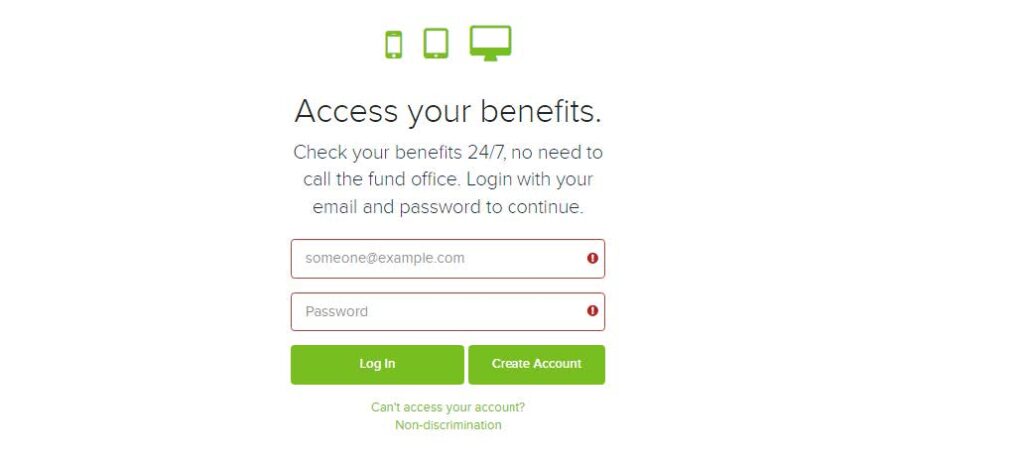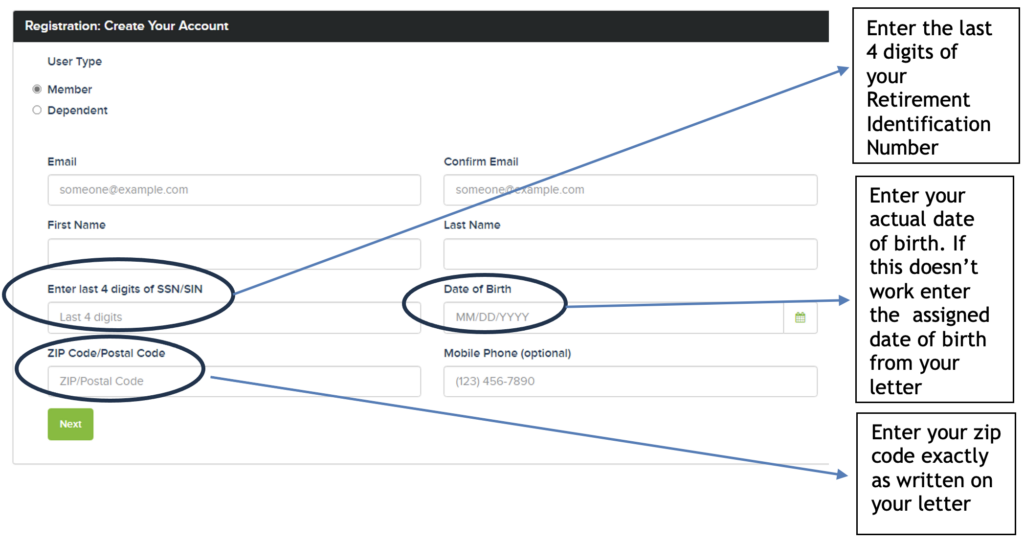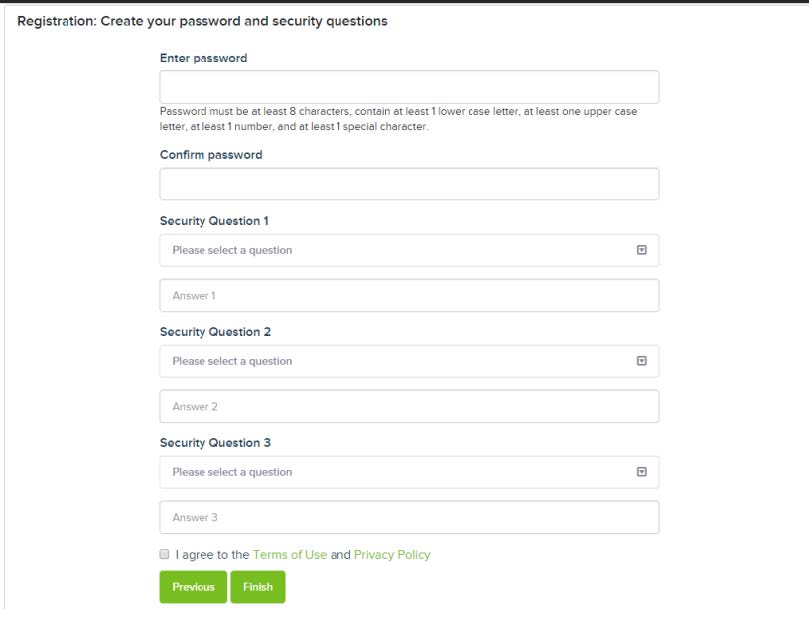Child Care Providers United (CCPU), California’s union representing 40,000 family child care providers, announced today a history-making first contract with the State of California that includes significant rate increases for the workforce providing early learning and expands access to care for working parents. The victory was led by the Black and Brown women who serve as the backbone of California’s care infrastructure and economy and comes after more than a year of intense action: thousands of phone calls to legislators and the Governor; car caravans and protests outside of state offices; and day-long trips to the state Capitol to fight for this historic agreement.
“I couldn’t be more proud to be a second generation child care provider and to win this long fight for better rates and dignity for my union siblings and providers like my mother, who helped me see that by joining our voices together collectively, we could create a brighter future for both California’s child care providers and young learners. I saw my mother’s dream realized as I served on CCPU’s negotiations team, sitting down with the state to make clear the investments needed to rebuild California’s dwindling child care workforce and to make quality early learning opportunities more accessible to all California families. Through our two COVID-19 agreements and now this final collective bargaining agreement, I am grateful for the work done by the legislature to champion child care investments and to the Governor who finally sat down and heard our voices,” said Miren Algorri, a San Diego child care provider.
“As CCPU’s Chairperson and Chief Negotiator, I want to commend the sacrifice of child care providers who hired aides and took time out of their already hectic workdays to sit down with the state day after day over the past year to fight for the future of child care in California. The work providers put in at the bargaining table will positively impact the lives of California’s children for decades to come and reinvigorate a workforce that has declined by almost half in the last thirteen years. I want to thank legislative leaders who stood by our side and the parents and children who joined the hundreds of providers all over the state in calling on Governor Newsom to reach the place we find ourselves at today. And finally, I want to thank Governor Newsom for hearing providers’ voices and sitting down with us to reach this final agreement,” said Max Arias, CCPU Chairperson and Chief Negotiator.
The collective bargaining agreement marks a new chapter in providers’ decades-long fight for fair pay and recognition for their pivotal role in early brain development, closing opportunity gaps faced by children of color, and leveling the playing field for working women. Their historic first contract comes after providers endured devastating blows to their business during the COVID-19 pandemic, forced to close for weeks when a child in their care was exposed to the virus, taking on significant costs for cleaning and equipment to support distance learning, and seeing revenue plummet during stay-at-home orders. Thousands of child care businesses closed during the pandemic.
The agreement will go before providers for a ratification vote in the coming weeks. The agreement includes:
-
The first increase in pay providers have seen in five years that will amount to a fair rates increase for all providers
-
New funding for additional provider training
-
New funding to allow more providers to become licensed
-
Many other long awaited supports for providers throughout the state





